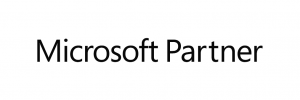Custom Software Solutions
Customizing software to work the way you do

What is the process of developing custom software?
Many methods have been used over the years to optimize the software development process, but none so popular today as the Agile software development methodology, and more specifically Scrum which is a subset of the Agile methodology.
Agile software development refers to a group of software development methodologies based on iterative development, where requirements and solutions evolve through collaboration between self-organizing cross-functional teams.
Scrum is a subset of Agile. It is a lightweight process framework for agile development and the most widely-used one.
Artesia Systems
Toolbox

Microsoft Development Platform Technologies – Infrastructure Services
- Transact-SQL
- Microsoft ADO.NET, OLE DB,
- Microsoft IIS (Web Server)
Other Development Platform Technologies
Microsoft Asure Paas and IaaS Technologies


